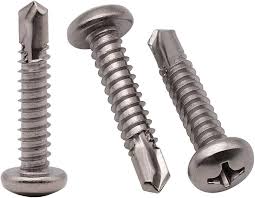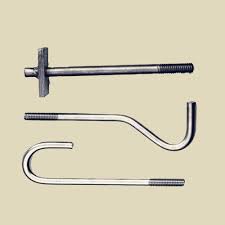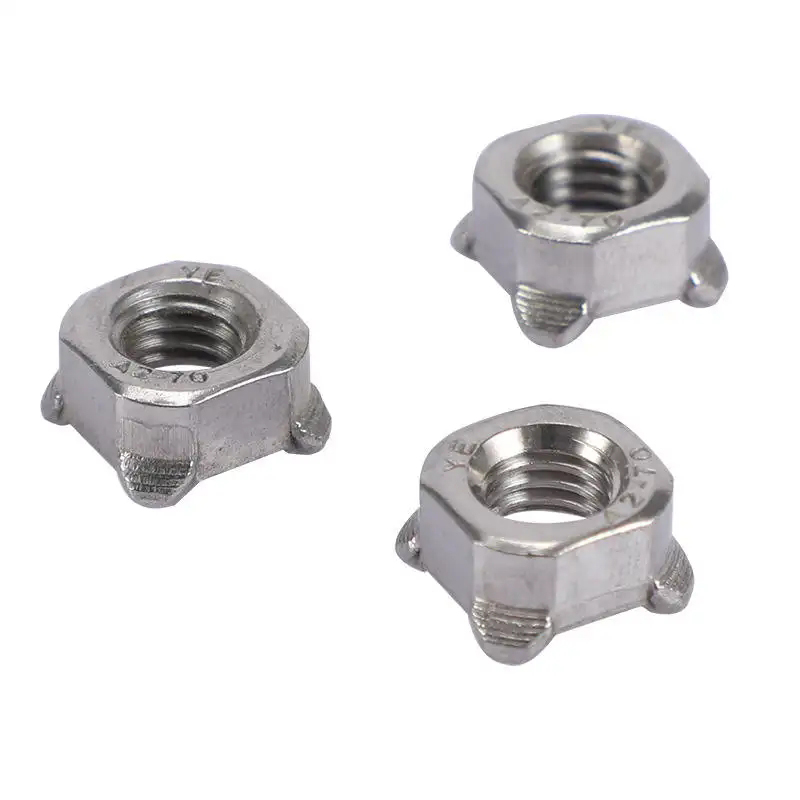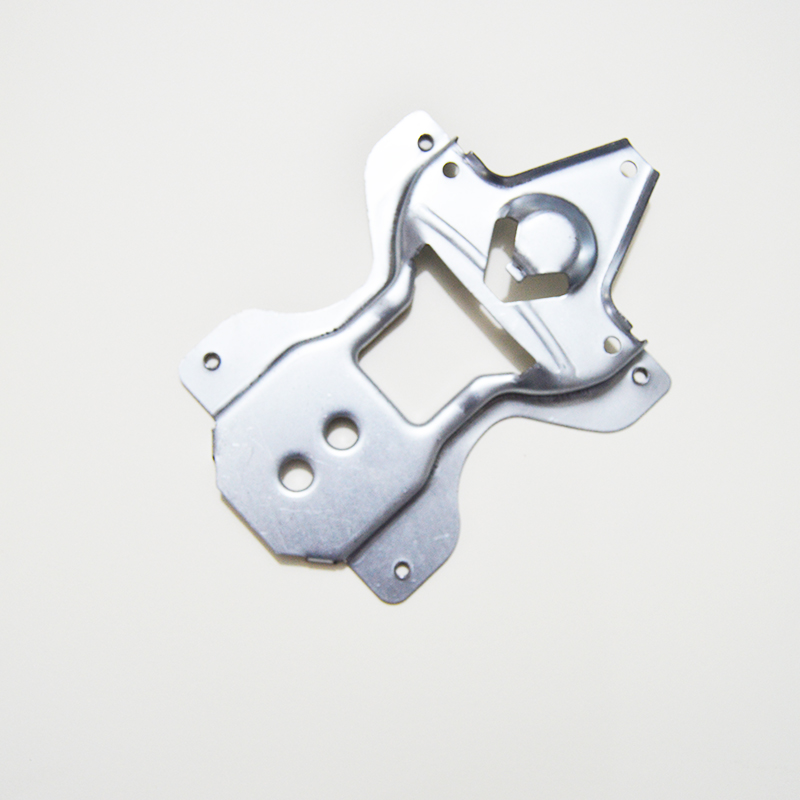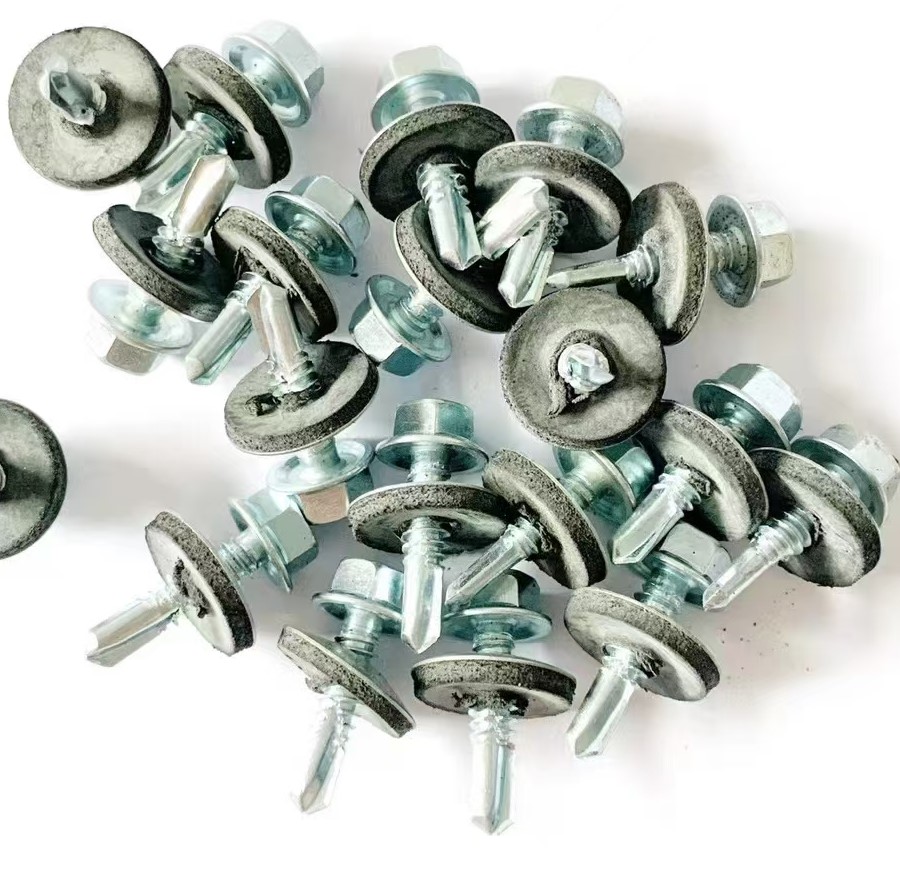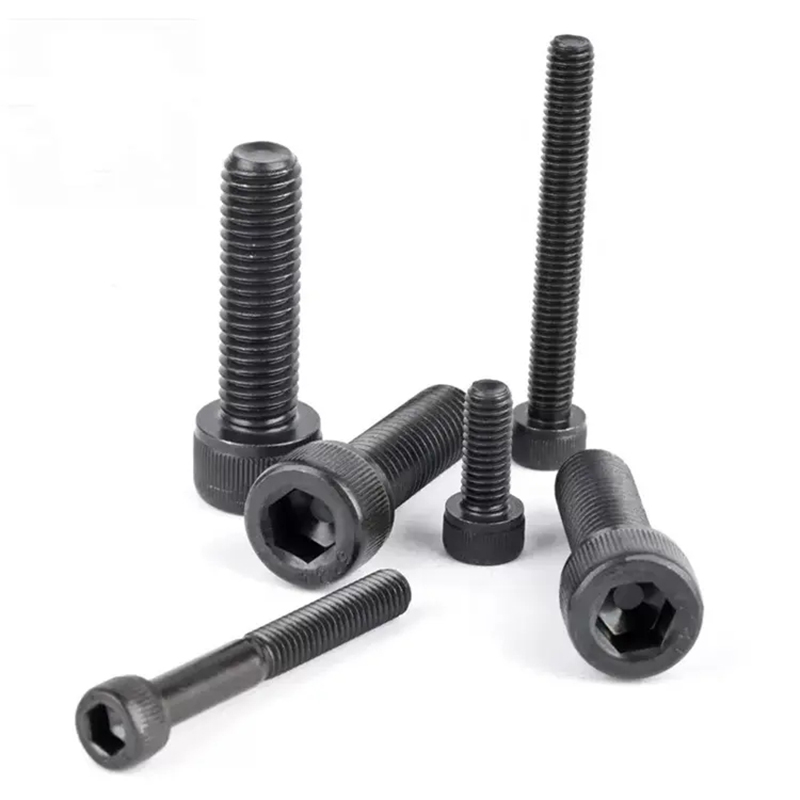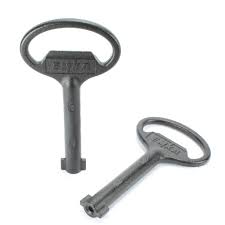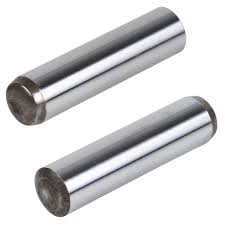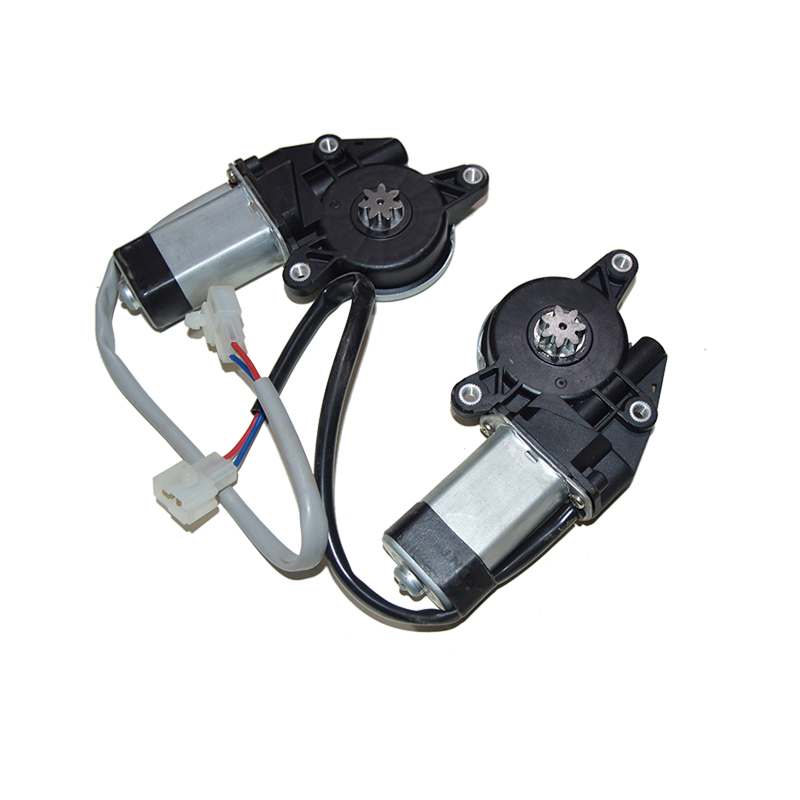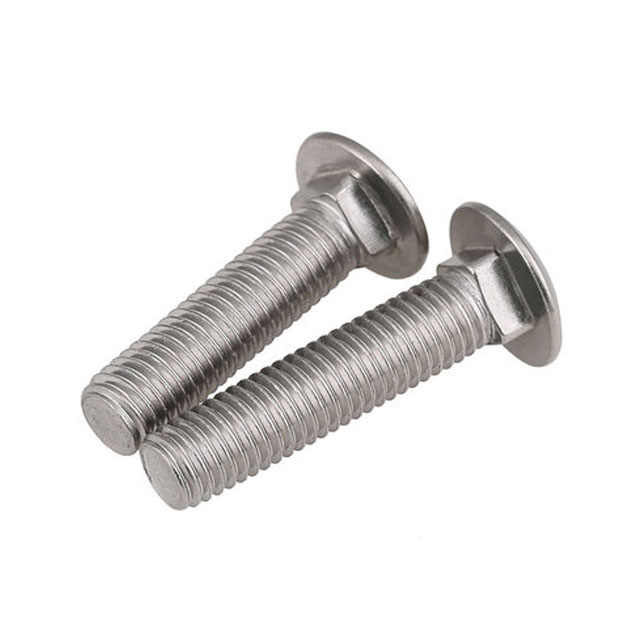

This comprehensive guide explores the world of hex head bolts, covering their types, applications, material specifications, and selection criteria. We'll delve into the critical factors to consider when choosing the right bolt for your project, ensuring strength, reliability, and longevity. Learn to differentiate between various hex head bolt sizes, grades, and materials to make informed decisions for any application.
Hex head bolts are available in a wide range of materials, each offering unique properties. Common materials include:
Hex head bolts are specified by their diameter, length, and thread pitch. Understanding these specifications is crucial for proper selection. The diameter refers to the nominal size of the bolt shank, while the length is measured from the underside of the bolt head to the end of the shank. The thread pitch defines the spacing between the threads. Accurate measurement is crucial for a secure and reliable connection. Consult engineering handbooks or online resources for detailed specifications.
While we focus on hex head bolts, it's important to note that the size of the hex head itself varies. Larger heads provide greater torque capacity, but may require larger wrench sizes. Choosing the correct head size depends on the application and available space.
Selecting the appropriate hex head bolt requires considering several factors:
Bolt grades indicate the tensile strength of the material. Higher grades signify higher strength and increased load-bearing capacity. Common grades include Grade 5 and Grade 8 for steel hex head bolts. Always refer to the relevant standards and specifications for detailed information on bolt grades.
| Bolt Grade | Tensile Strength (MPa) | Typical Applications |
|---|---|---|
| Grade 5 | 830 | General purpose applications |
| Grade 8 | 1200 | High-strength applications |
For high-quality hex head bolts and other fasteners, consider exploring the range offered by Hebei Dewell Metal Products Co., LTD. They provide a wide selection to meet diverse project needs. Always prioritize safety and consult with qualified professionals when dealing with critical applications.
Disclaimer: This information is for general guidance only and should not be considered a substitute for professional engineering advice. Always refer to relevant standards and specifications for your specific application.

